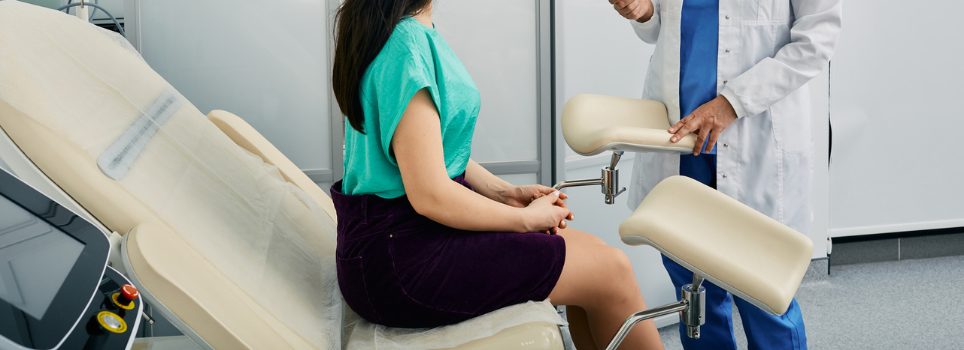Among the sexually transmitted infections of the urogenital system is Chlamydia.
Chlamydia is caused by the bacterium Chlamydia trachomatis and affects both sexes. The bacterium is transmitted through unprotected sex and can also be transmitted from mother to child during delivery, posing a risk of pneumonia and conjunctivitis for the child.
Prevention of infection, diagnosis – which is not always easy since it can be symptomless – and evaluation by a specialist with a prescription of the appropriate therapy are essential steps when dealing with this disease.
How to Recognize the Symptoms of Chlamydia Infection?
Chlamydia infection can be:
- Symptomatic
- Asymptomatic
If the infection is symptomatic, symptoms typically appear between one and three weeks after infection. They may include:
- Irritation and burning during urination;
- Mucopurulent vaginal discharge;
- Spontaneous suprapubic and abdominal pain;
- Pain during sexual intercourse;
- In some cases, spotting may occur, which refers to bleeding between menstrual cycles.
In males, the symptoms of infection are similar, but the discharge from the penis is typically whitish and continuous.
Since the infection often presents no symptoms or only mild ones, official detection of Chlamydia must be made through routine checkups.
Diagnosis typically involves using a swab to determine the presence or absence of the bacterium:
- In women, the swab is performed on the cervix
- In men, the swab is performed at the beginning of the urethra
In some cases, checking for antibodies in the blood may be helpful to diagnose a previous infection.
What to Do if Chlamydia Infection Is Suspected?
If chlamydia infection is suspected, men and women are recommended to contact a specialist – such as a gynecologist, andrologist, or urologist – and undergo an examination.
Based on the reported symptoms, data collection (history), and clinical evaluation, the specialist may then request and/or perform specific tests to confirm the diagnosis, including:
- Urine sampling
- Secretion sampling
Testing for Chlamydia
The results of the test may take one to two weeks. Nonetheless, if specific symptoms are present, the specialist may decide to start treatment earlier.
Chlamydia testing is also indicated in cases where there are no clearly visible symptoms, for example:
- In the case of unprotected sexual intercourse with new partners;
- If one is aware of an infection contracted from one of the sexual partners.
From the time the test is performed until at least seven days after the end of treatment, risky sexual intercourse should be avoided to prevent the transmission of the infection.
If the test for Chlamydia is positive, it is essential to notify sexual partners from the past two to three months, urging them to see a specialist for diagnostic testing and possible treatment.
How Is Chlamydia Treated?
Chlamydia treatment consists of a course of antibiotics, such as:
- Doxycycline
- Azithromycin
- Amoxicillin
- Erythromycin (in case of allergies or pregnancy)
These antibiotics should be taken for about a week to ten days.
Due to its asymptomatic nature, it is essential to have periodic checkups to diagnose the infection and start treatment as soon as possible.
If left untreated, Chlamydia can lead to pelvic inflammatory disease with adhesion syndromes, accompanied by:
- Tubal damage in females
- Inflammation of the seminal tract – particularly epididymitis – in males
Both conditions can cause infertility.
Another complication of Chlamydia is joint and tendon inflammation, known as reactive arthritis.
How to Prevent Chlamydia
Finally, a couple of recommendations to prevent the onset of Chlamydia:
- Those who do not have a steady partner should be tested for Chlamydia annually
- It is important to emphasize that having protected sex dramatically reduces the risk of sexually transmitted infections
-
3,400 Physicians
-
110,400 Annual surgeries
-
190,400 Annual Inpatient Admissions
-
928,000 Patients


